四国八十八箇所霊場の第六十九番札所、観音寺(かんおんじ)。香川県観音寺市(かんおんじし)にある真言宗大覚寺派の寺院です。ここの境内にある鐘楼堂は細かな彫り物がされており、その迫力に圧倒されました。
Kannonji Temple is the 69th temple of the 88 sacred places in Shikoku. It is a temple of the Daikakuji sect of Shingon Buddhism, located in Kannonji City, Kagawa Pref., Japan. I was overwhelmed by the detailed carvings in the bell tower hall on the temple grounds.
七宝山(しっぽうざん) 観音寺(かんおんじ)の鐘楼(しょうろう)
住所:香川県観音寺市八幡町1-2-7 [Google Map]
Bell tower of Shippozan Kannonji temple
住所:香川県観音寺市八幡町1-2-7 [Google Map]
日本遺産「四国遍路」四国霊場第69番札所観音寺
山茶花(さざんか)
七宝山(しっぽうざん) 観音寺(かんおんじ)の鐘楼(しょうろう)
住所:香川県観音寺市八幡町1-2-7 [Google Map]
Bell tower of Shippozan Kannonji temple
住所:香川県観音寺市八幡町1-2-7 [Google Map]
Shippozan Kannonji – Shikoku 88 Temple Pilgrimage
【Pilgrim’s Song】 If the Kannon’s grief is strong, I’ll pull up my sins
In the main hall, “Changzhou Shimozumasho … Sadaka 3rd year …” (Northern and North Korean eras) is written and is considered to be a valuable pilgrimage material.
A Japanese picture depicting the origin of the Koto Hachimangu Shrine, built by Nisshō Shonin, and the state of the shrine near the summit in the center.
History and origin of Kannonji
It is mentioned in the previous section that Kannonji is located in the same precinct as the 68th and Jinnein temples, and the opening period, foundation time and origin are the same. However, the temple name when it was founded was called “Jinguji Hokkoin”. Since then, it has been traced from Engi to 100 years later. It is said that in the second year of the Daidō era (807), Kobo Daishi entered the mountain as the seventh priest of the temple when he delivered the statue of Amida Nyorai, the principle deity Buddha of Koto Hachiman. It was there that the Daishi built a seven structure temple in the style of Chukindo, Toganedo, and Saikondo, following the Kōfuku-ji Temple of Nara in the middle of the Koto Mountain. A carved statue of the sacred Kanzeon Bodhisattva, the principle deity, was enshrined in the Nakakindo. Furthermore, a pagoda was built in lapis lazuli, coral, and onyx, and others of the “seven treasures” (which are gold, pearls, silver onyx, coral, crystal, and lapis lazuli) were buried here. it is said that the temple name was changed to “Shippozan Kannonji” (Seven Treasure Mountain Kannonji) and designated as a sacred place.Emperor Kanmu (reigned 781–806) began his rule as the third-generation Emperor, and during the Muromachi period, the son of Ashikaga Takashi, served as the chief priest for 45 years. Temple fortune grew and was prosperous. However, the main Buddha was moved by the Meiji new government’s Shinto-Buddha separation order, and it became a second sacred place within the grounds and there were now two sacred sites within one precinct. The main hall, also called the Kondo, was made with Muromachi period architecture and is an important cultural property designated by the country. The vermilion pillars are colorful. There is a treasure museum on the grounds, including the “Buddha Nirvana Statue” (inside a miniature shrise, Heian-Kamakura period), which is rare as a sculpture, and “Kindan Miyae Engi” (colored, Kamakura period), “Fudo Nijido” In addition to the statue (colored on silk, Muromachi period). In addition there are many important national cultural properties such as the Buddha statues mentioned above and are collected.
大宝三年(703)、当山の開祖とされる法相宗の高僧日證上人が琴弾山山頂に草庵を結んで修行をしていた折、鎮西宇佐の宮(現大分県・宇佐神宮)より、八幡大菩薩が降臨され、海の彼方には神船が琴の音と共に現れた。上人は、里人と共に神船と琴を引き上げて、山頂に琴弾八幡宮を祀り、神宮寺を建立して、当山は仏法流布、神仏習合の霊地と定められた。
時は平安の世に移り、唐より帰朝された宗祖弘法大師が、大同二年(807)に当山に参籠。八幡大菩薩の御託宣を感得され、薬師如来・十二神将・聖観世音菩薩・四天王等の尊像を刻み、七堂伽藍を建立。山号を七宝山、寺号を観音寺と改められ、八幡宮の別当に神恵院をあてられた。大師はしばしの間、当山に留まられ第七世住職を務められたと寺伝にある。以後、真言密教の道場として寺門は隆盛を極めた。
四国における弘法大師巡錫の霊跡は、遍路修行の地として僧俗問わず広く信仰を集め、やがて四国八十八ヶ所霊場が形成されていく。当山においては、琴弾八幡宮が第六十八番札所、観音寺が第六十九番札所として参詣され、一山に二霊場の形態となる。
その後、江戸幕府が倒れ明治維新を迎えると、新政府の神仏分離令布告により、琴弾八幡宮は四国霊場から切り離されることとなった。八幡大菩薩の本地仏である阿弥陀如来は観音寺西金堂に移り、別当であった神恵院が第六十八番札所とされ、現在のように一境内に二つの札所が並び立つ由縁となっている。
住所:香川県観音寺市八幡町1-2-7
山号:七宝山
宗派:真言宗大覚寺派
本尊:聖観音菩薩
創建:(伝)大宝3年(703年)
開基:(伝)日証上人
正式:七宝山 観音寺
札所:四国八十八箇所69番
文化財:本堂、木造涅槃仏像ほか(国の重要文化財)、木造大日如来坐像(伝・聖観音)・薬師如来坐像・釈迦如来坐像・絹本著色両界曼荼羅図(県文化財)伝承によれば、大宝年間(701年 – 704年)に、法相宗の日証が琴弾山で修行をしていたところ、琴を弾く老人が乗る舟を海上に見た。この老人が八幡大明神であることを知った上人は、その琴と舟を祀り琴弾八幡宮と名付けた。その神宮寺として当寺は建立され神宮寺宝光院と称していた。
寺伝によれば、行基が養老6年(722年)に訪れた後、大同2年 (807)空海(弘法大師)が第7世住職として入山し、奈良の興福寺を模して、中金堂(ちゅうこんどう)に聖観世音菩薩像を刻み本尊とし、丈六の薬師如来を納めた西金堂(さいこんどう)や弥勒菩薩を納めた東金堂(とうこんどう)など七堂伽藍を整備し、さらに、この地に仏塔を建てて瑠璃・珊瑚・瑪瑙などの七宝を埋め地鎮したことから、名称も七宝山観音寺と改めたという。その後、院号は神恵院に改められている。 そして、桓武天皇はじめ三代の天皇の勅願所となり、室町時代には足利尊氏の子・道尊大政大僧正が45年間住職を務めるなど隆盛を誇った。

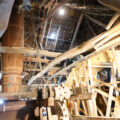
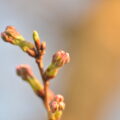
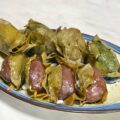
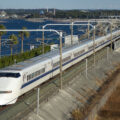
![【香川】春日川の川市 – [Kagawa] River market of Kasuga river](https://yousakana.jp/wp-content/uploads/wordpress-popular-posts/49605-featured-120x120.jpeg)
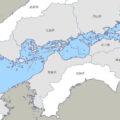
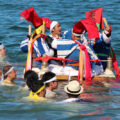
![【広島】谷口吉生設計『広島市環境局中工場』 - [Hiroshima] Yoshio Taniguchi Design, 'Hiroshima City Environmental Bureau Naka Plant'.](https://yousakana.jp/wp-content/uploads/wordpress-popular-posts/50935-featured-120x120.jpeg)
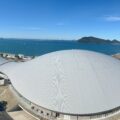
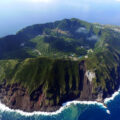
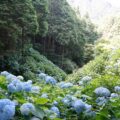
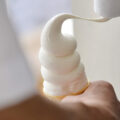
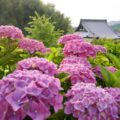
![【高知】魚を守る道、アイスハーバー型らせん魚道 – [Kochi] Ice Harbor type spiral fishway](https://yousakana.jp/wp-content/uploads/wordpress-popular-posts/50244-featured-120x120.jpeg)
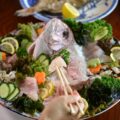

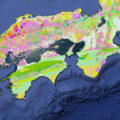
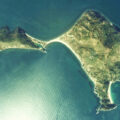
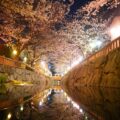
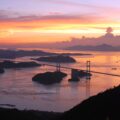
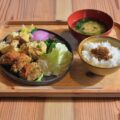
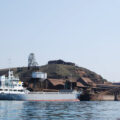
![【6/13漁解禁!! 】讃岐うどんに欠かせない伊吹島の『伊吹いりこ』 – [13 June: Start Fishing!] “Iriko” from Ibuki Island is essential for Sanuki Udon](https://yousakana.jp/wp-content/uploads/2013/06/ibuki-island-150x150.jpg)
![【香川】あじさい神社に映える3000株の紫陽花。観音寺・粟井(あわい)神社 – [Kagawa] The Hydrangeas shrine](https://yousakana.jp/wp-content/uploads/2017/06/awai-shrine-150x150.jpg)
![【香川】豊浜ちょうさ祭り – [Kagawa] Toyohama Chousa Festival](https://yousakana.jp/wp-content/uploads/2014/10/toyohama-chousa_festival-150x150.jpeg)
![【香川】讃岐らぁ麺 伊吹いりこセンター – [Kagawa] Sanuki ramen, Ibuki Iriko Center](https://yousakana.jp/wp-content/uploads/2022/12/Sanuki-ramen-Ibuki-Iriko-Center-150x150.jpeg)
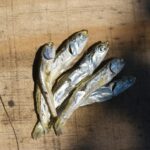
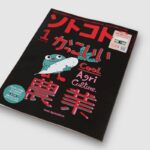
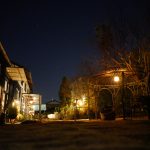
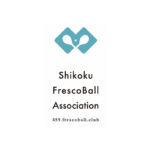
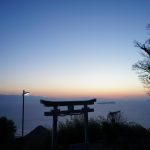
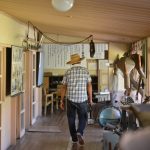
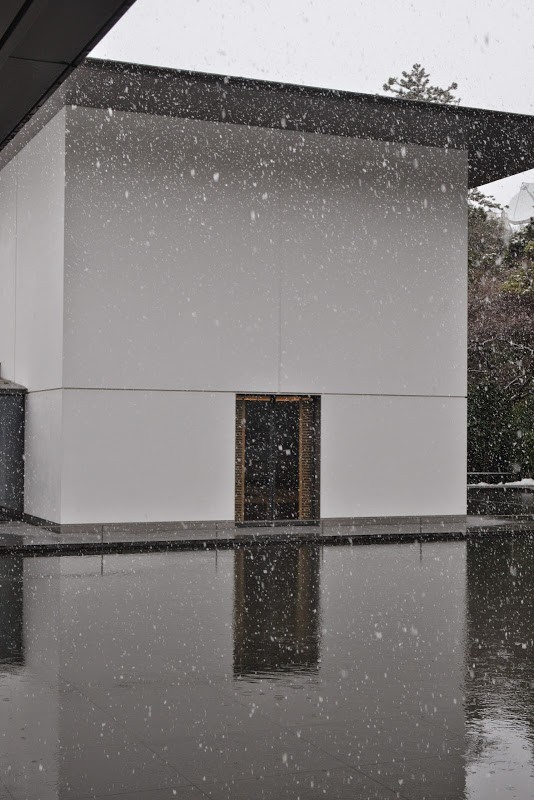
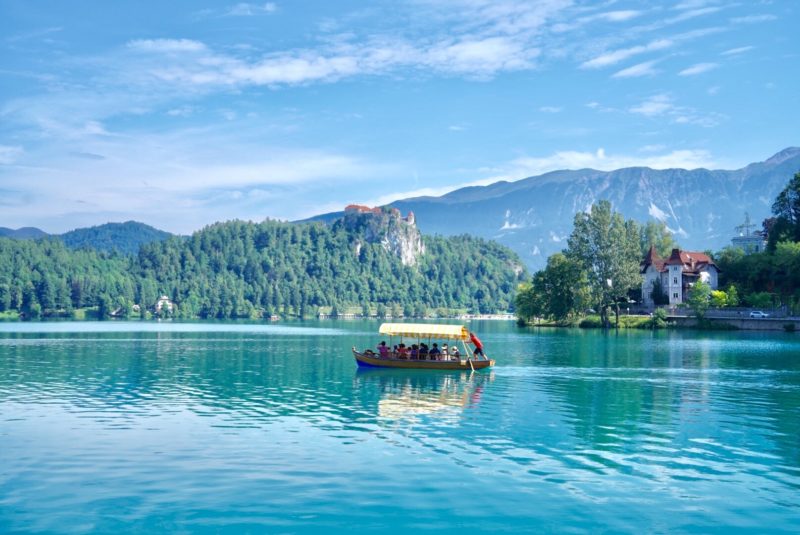
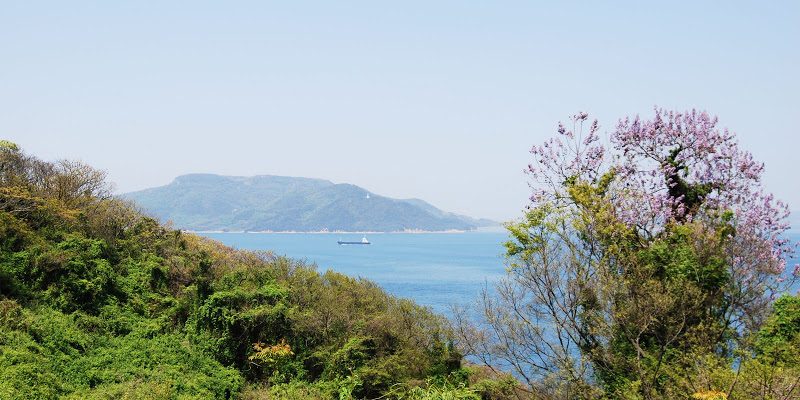
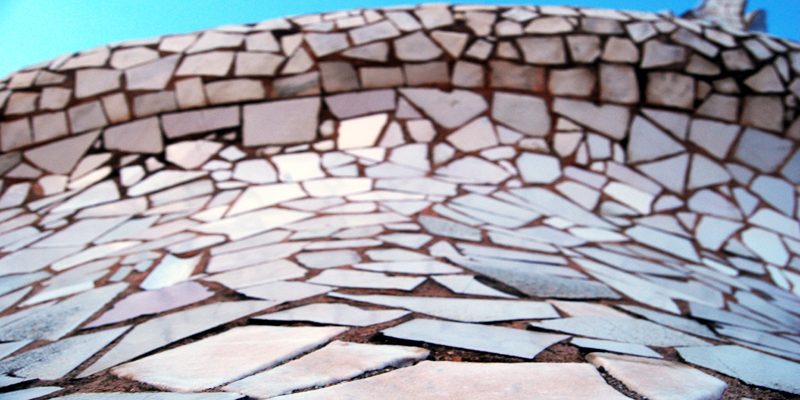
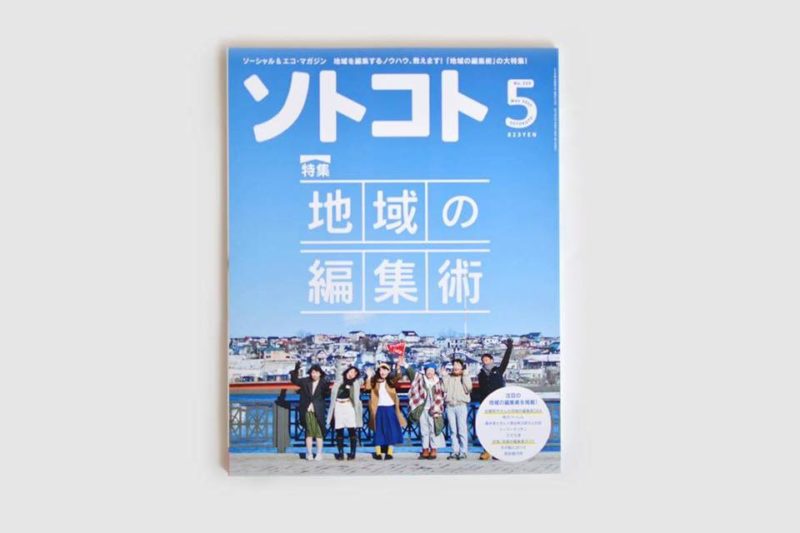
![【愛媛】スイスからやってきた新居浜・大島 『ジャックのパン屋』 – [Ehime] Jack’s bakery at Ni-Oshima island](https://yousakana.jp/wp-content/uploads/2014/10/jacks-bakery_Nioshima-island.jpg)
![【香川】ちょうさが集まる瀬戸内の秋祭り「白羽神社 秋祭り」 – [Kagawa] Shrine Autumn Festival with CHOUSA at Setouchi](https://yousakana.jp/wp-content/uploads/2015/09/DSC_01051-800x536.jpg)
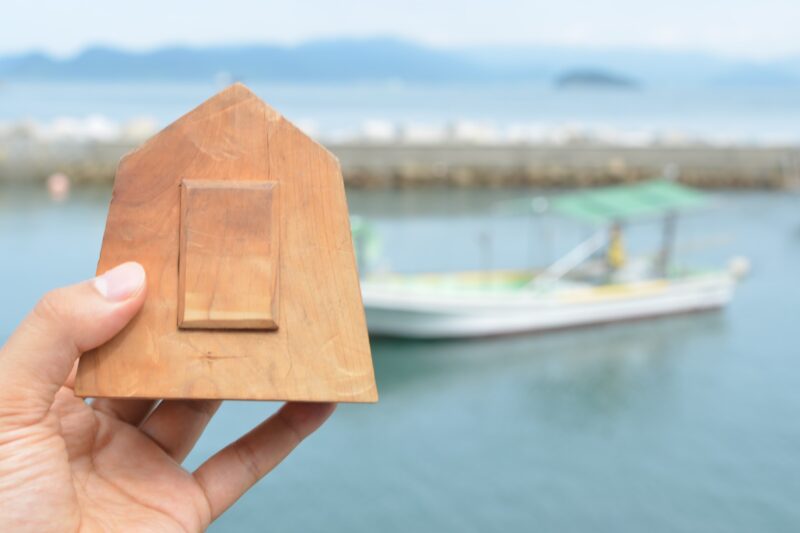
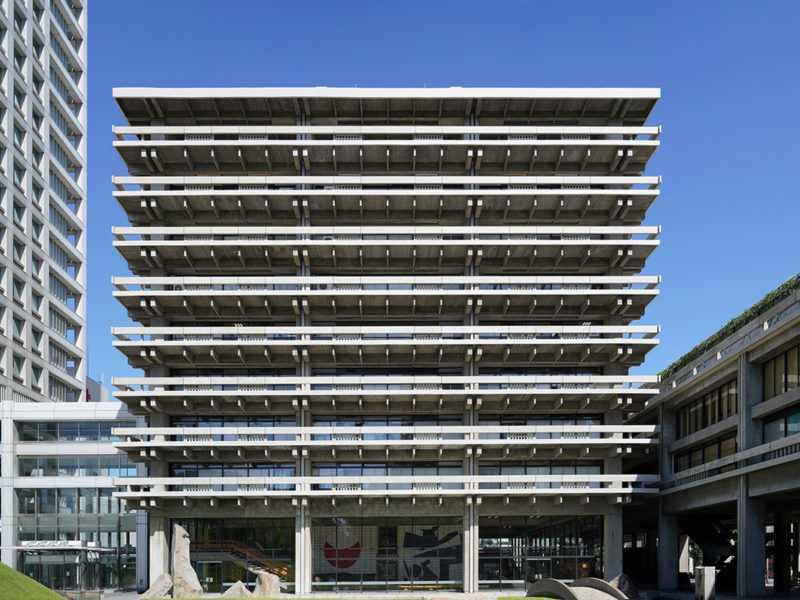
![【徳島】信正の一本桜 – [Tokushima] a cherry tree at Nobumasa](https://yousakana.jp/wp-content/uploads/2022/03/nobumasa_cherry-tree-800x533.jpg)
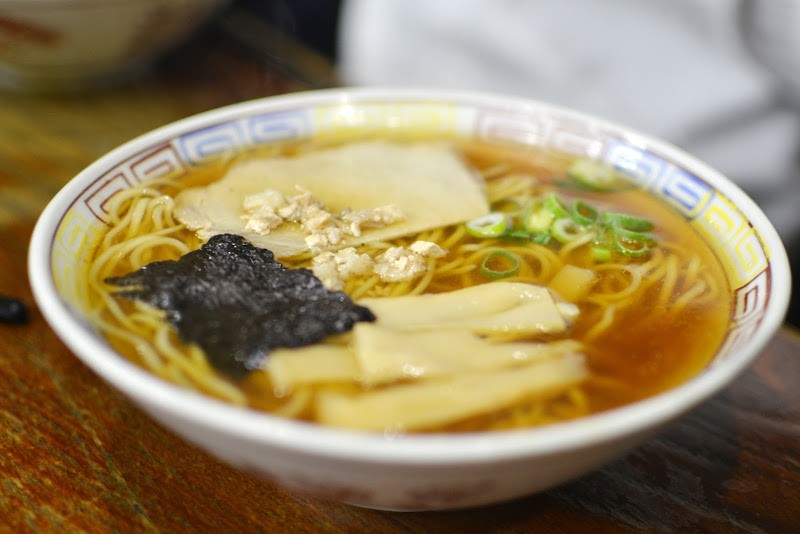
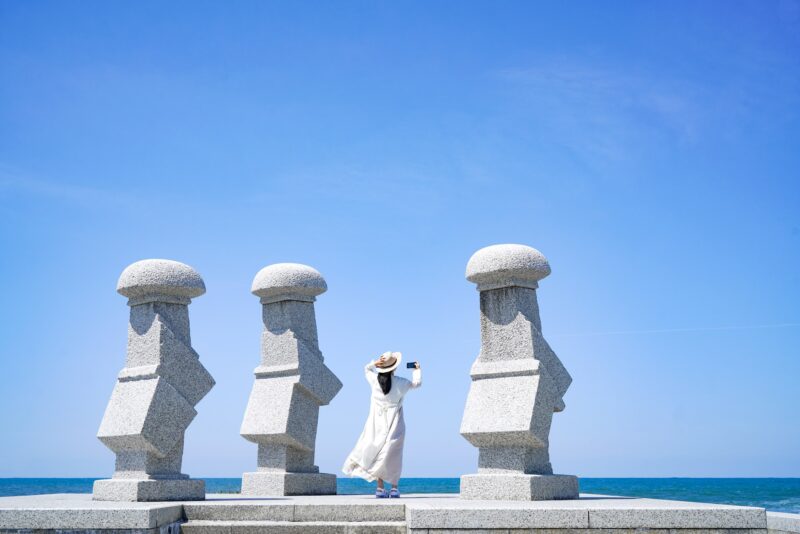
![【小豆島 3/29-5/10】瀬戸内海を泳ぐ鯉のぼり『旧戸形小学校』 – [Shodoshima island 3/29-5/10]Carp streamers in the Seto Inland Sea. ‘Former Togata Primary School’](https://yousakana.jp/wp-content/uploads/2022/05/Carp-streamers_Togata-Primary-School-800x534.jpeg)
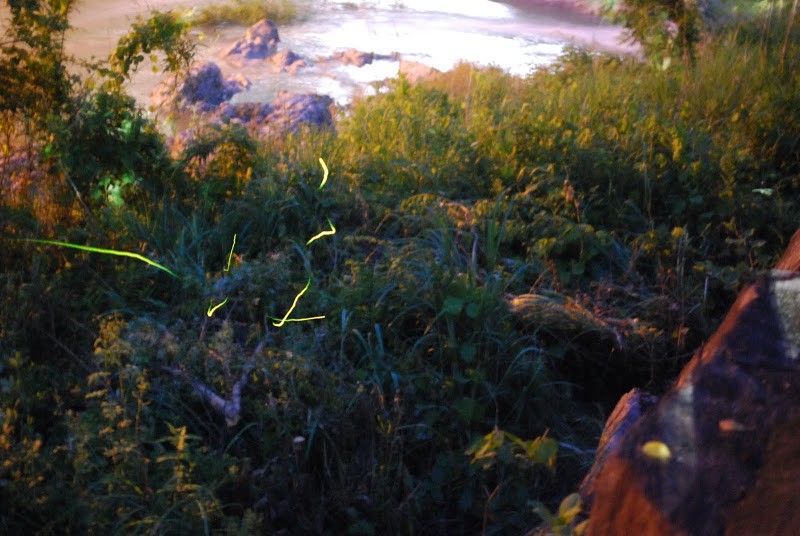
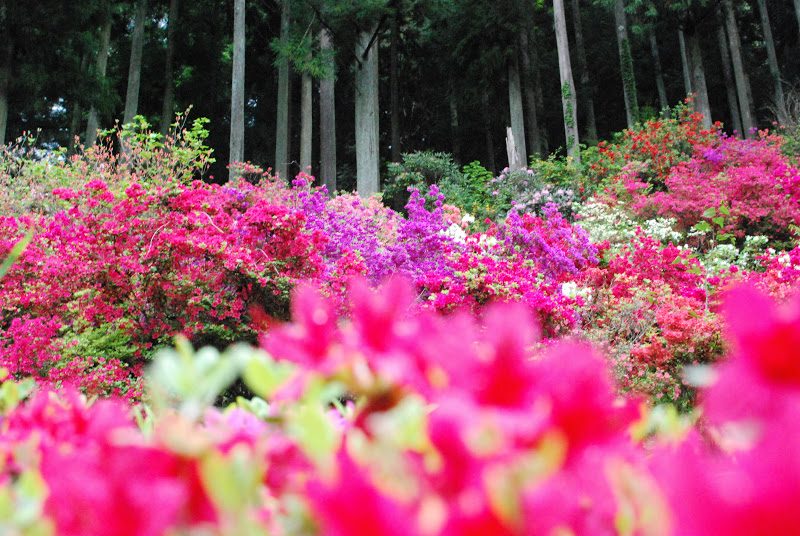
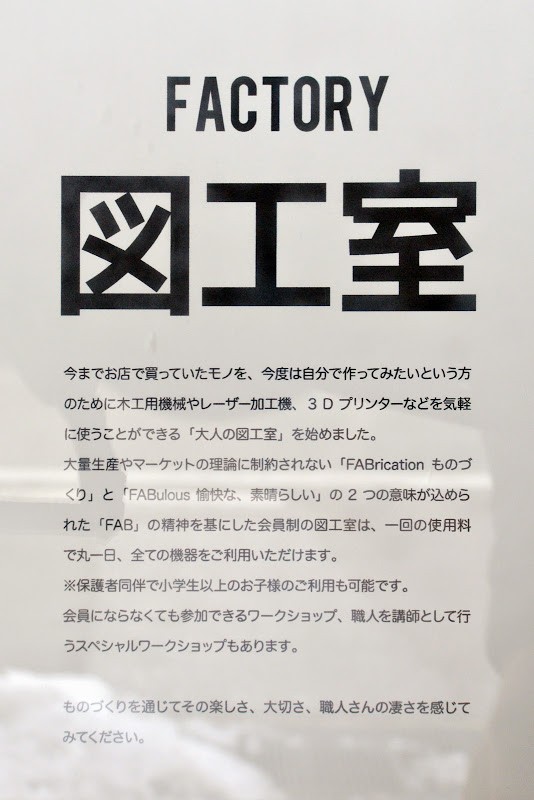
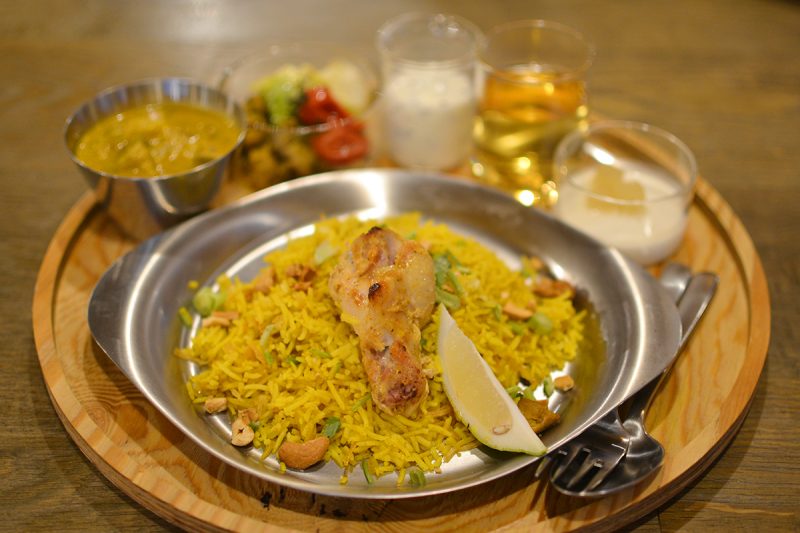
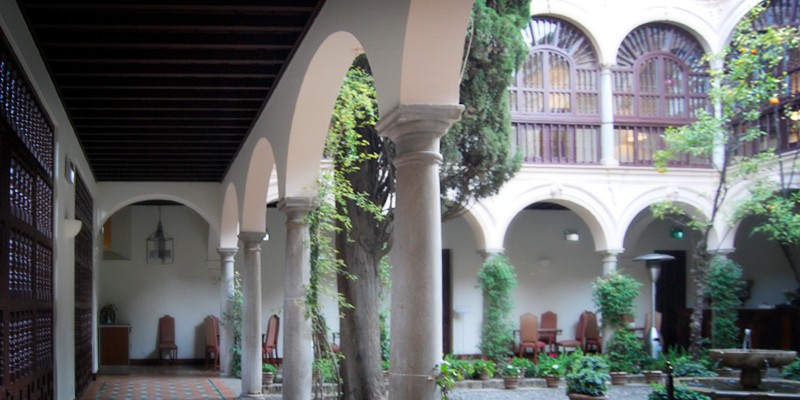
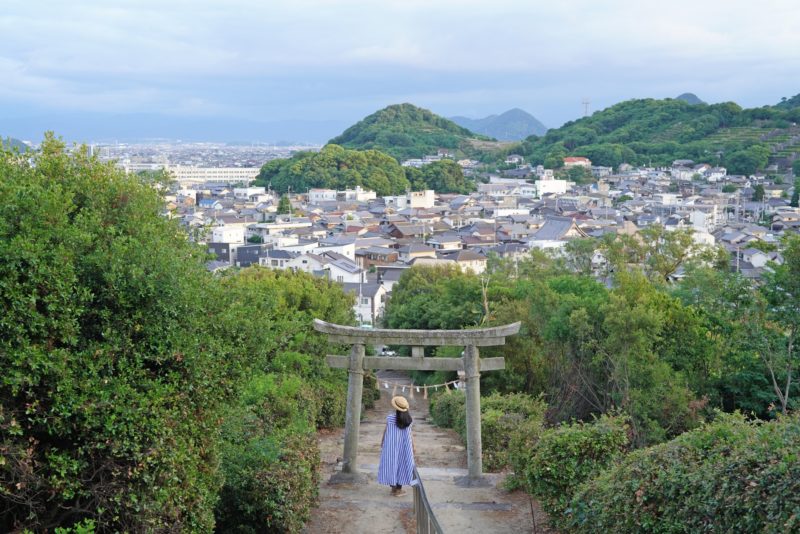
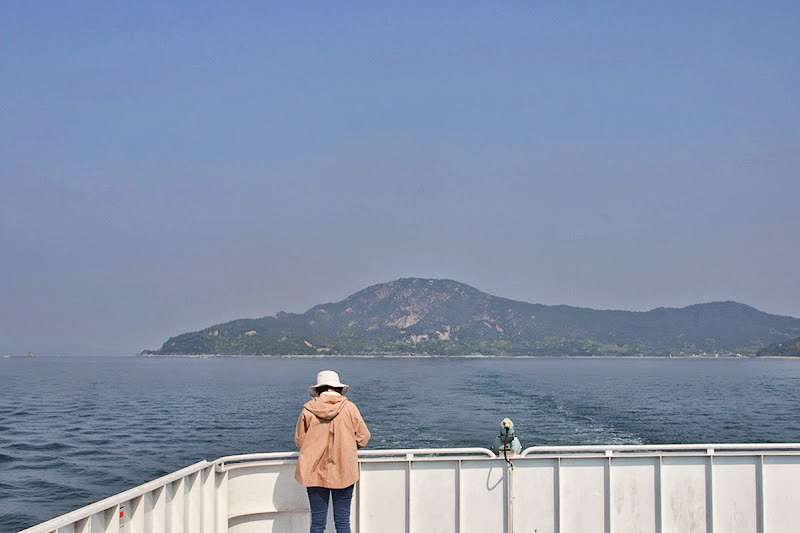
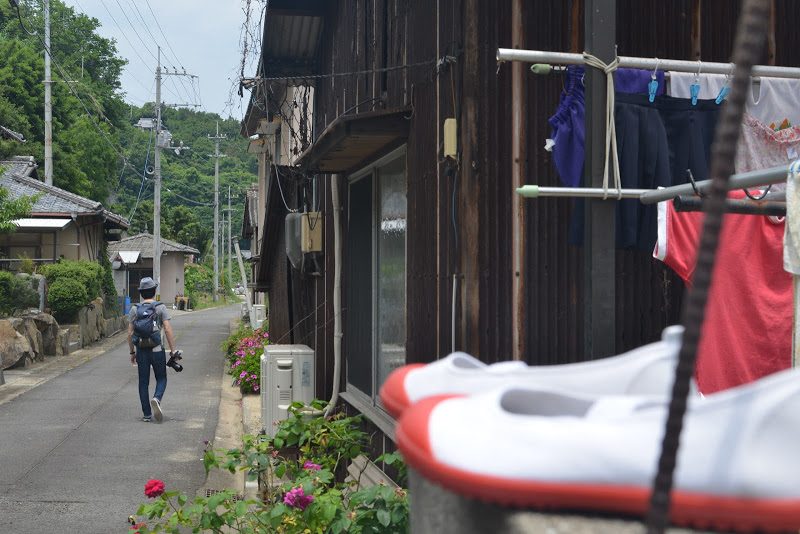
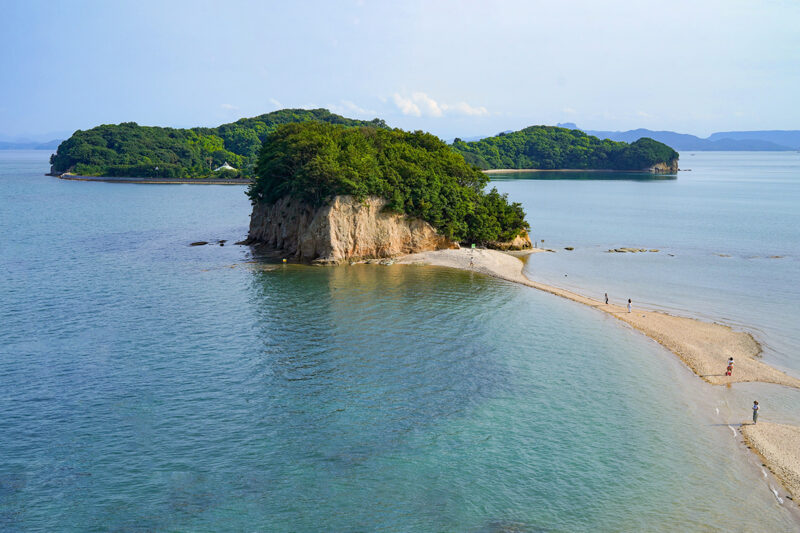
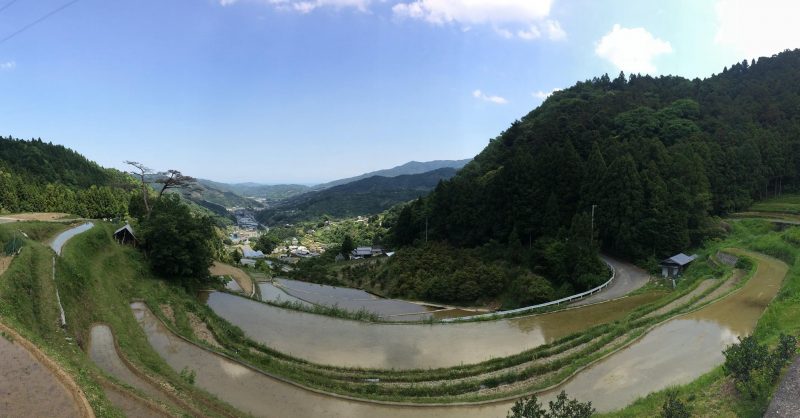
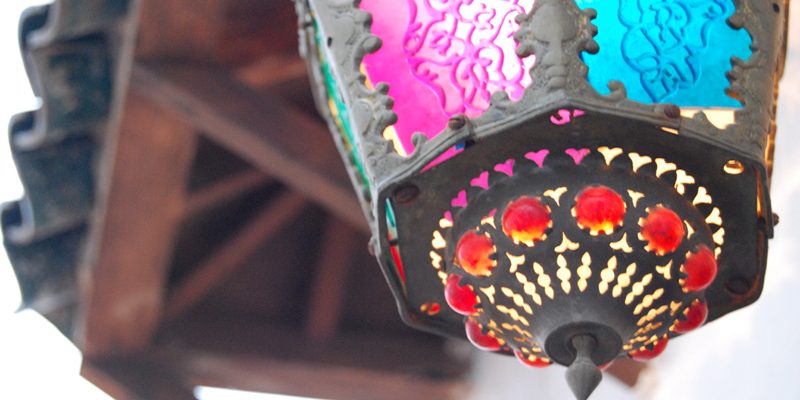
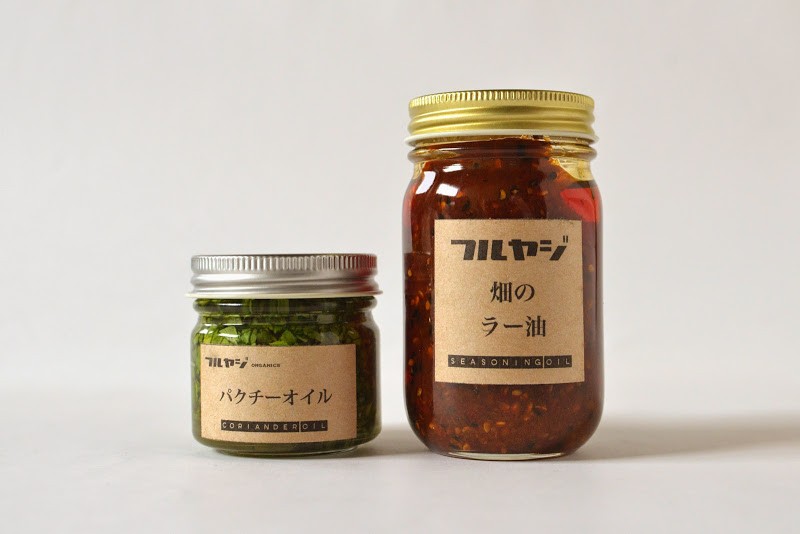
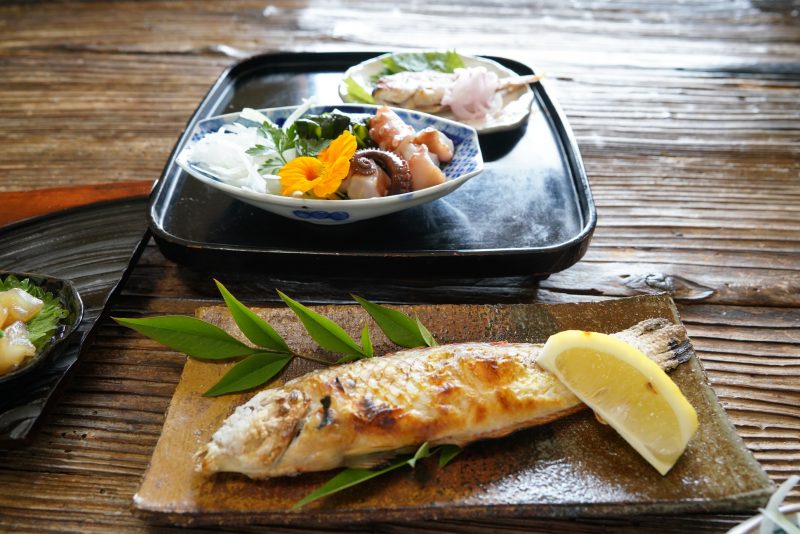
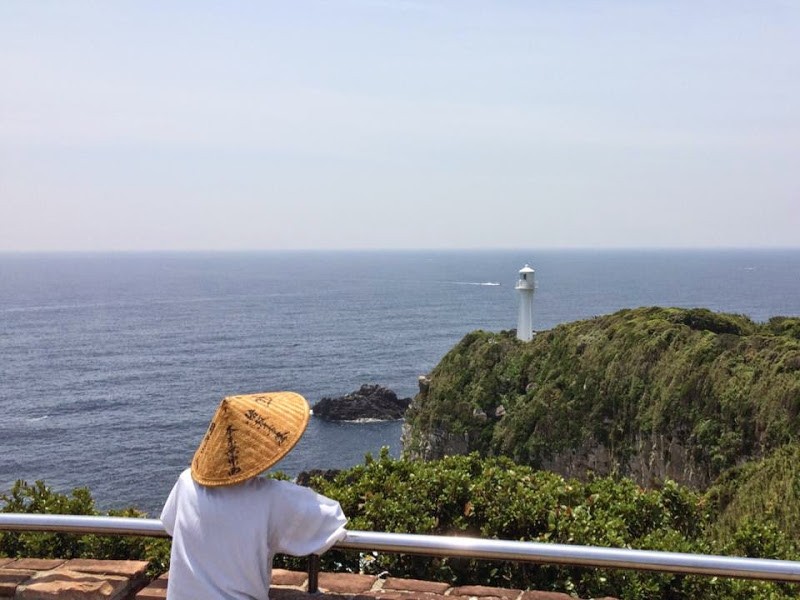
![【香川】焼菓子工房 ボンボニエール – [Kagawa] Baked Confectionery Bonbonniere](https://yousakana.jp/wp-content/uploads/2021/05/bonbonniere_title-800x533.jpg)
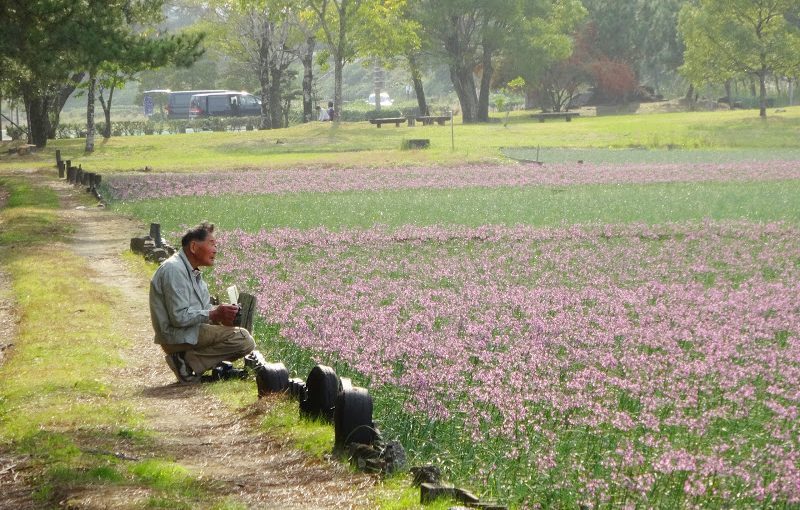
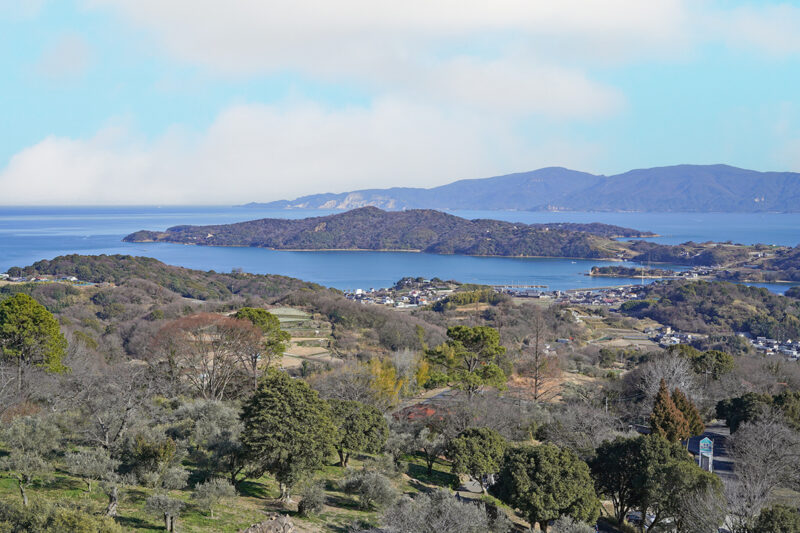
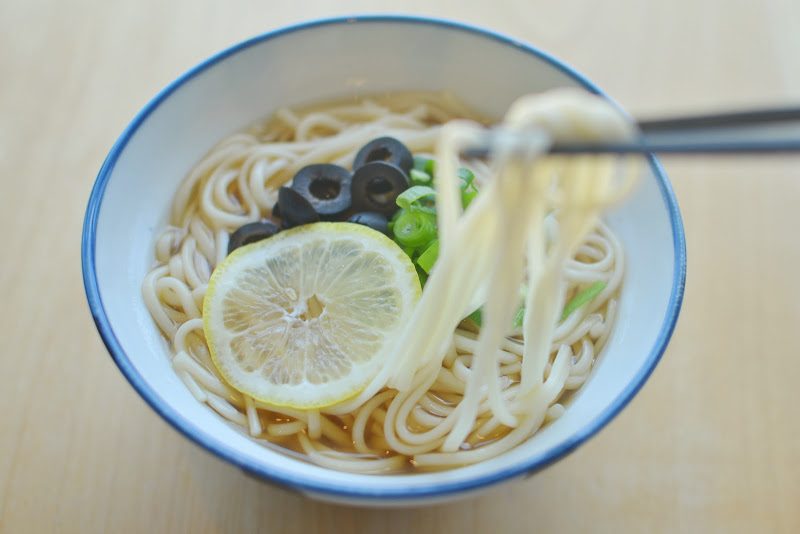
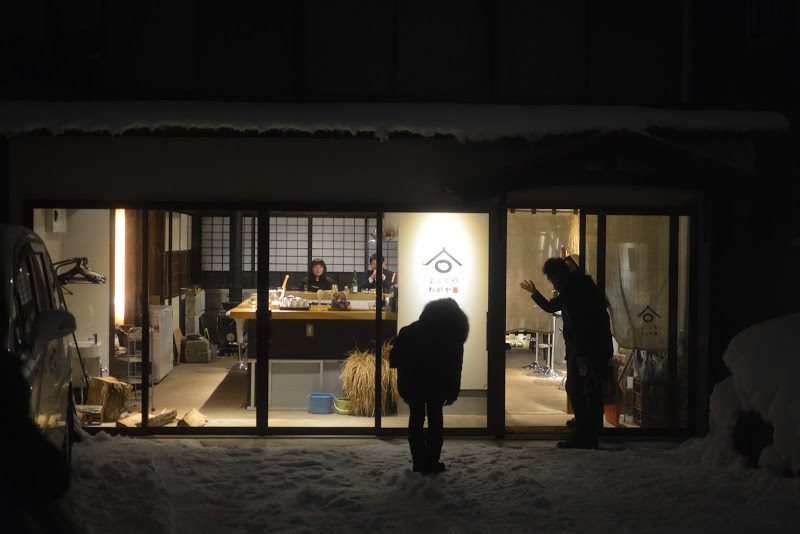
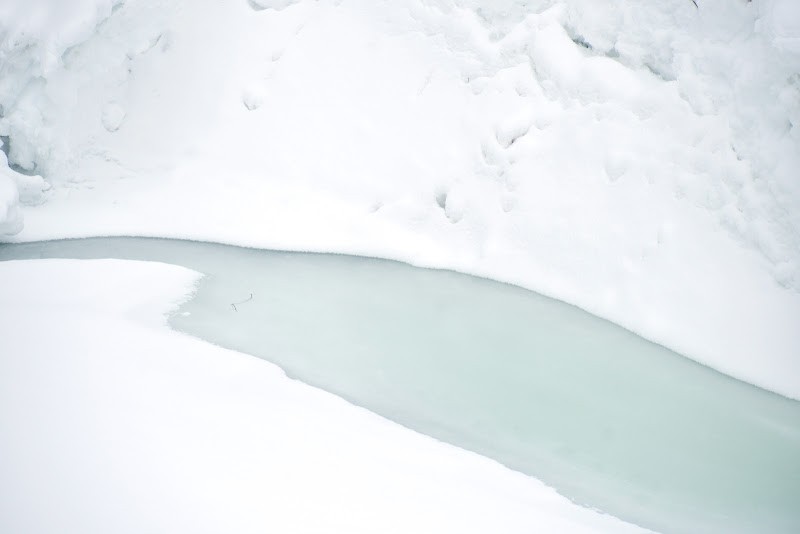
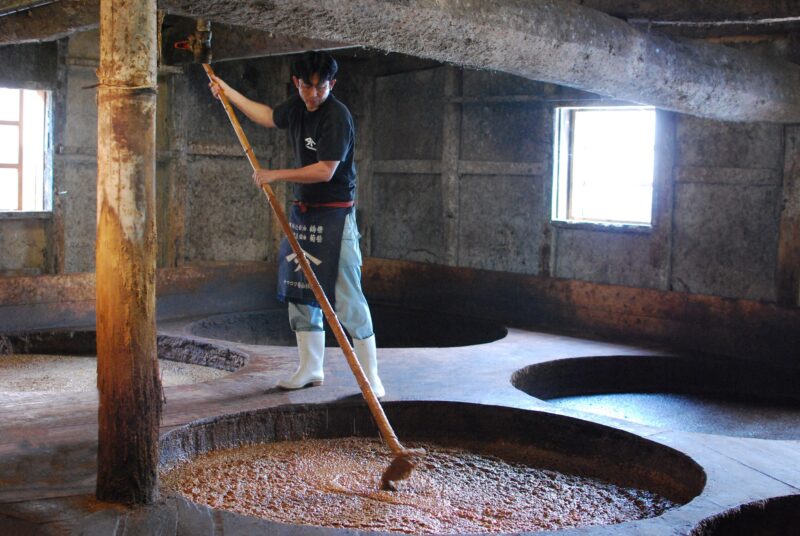
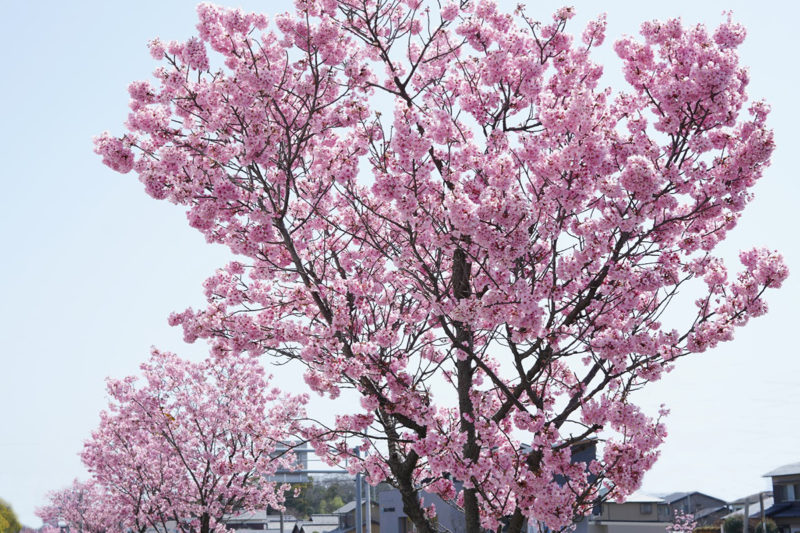

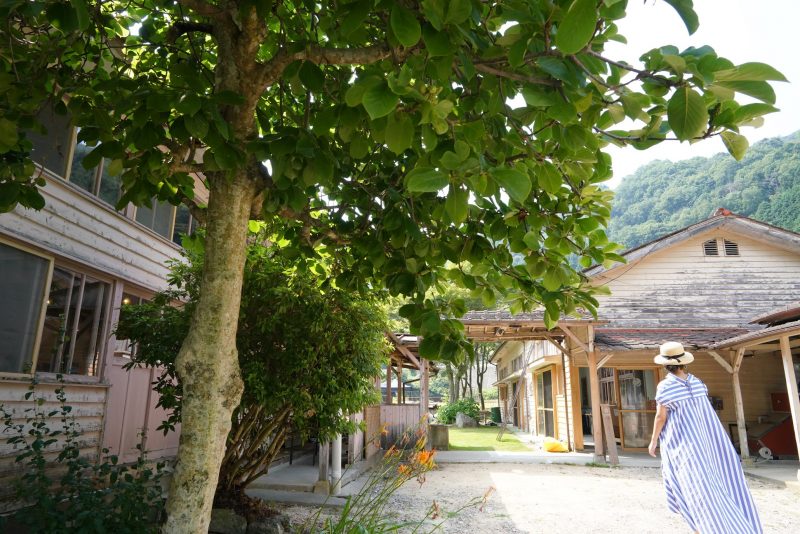
![【国指定史跡】高松の古墳の特徴はキャンディー型『石清尾山古墳群』 – [National Historic Site] Iwaseoyama kofun Tumulus Cluster](https://yousakana.jp/wp-content/uploads/2020/07/iwaseo-kofun-1-800x533.jpg)
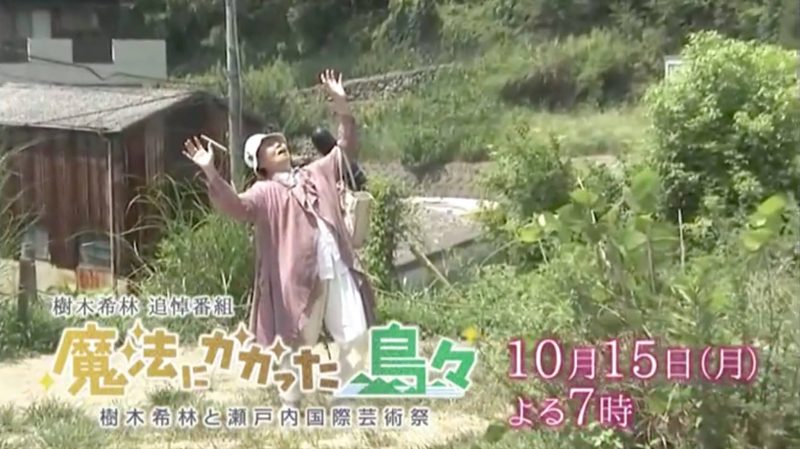
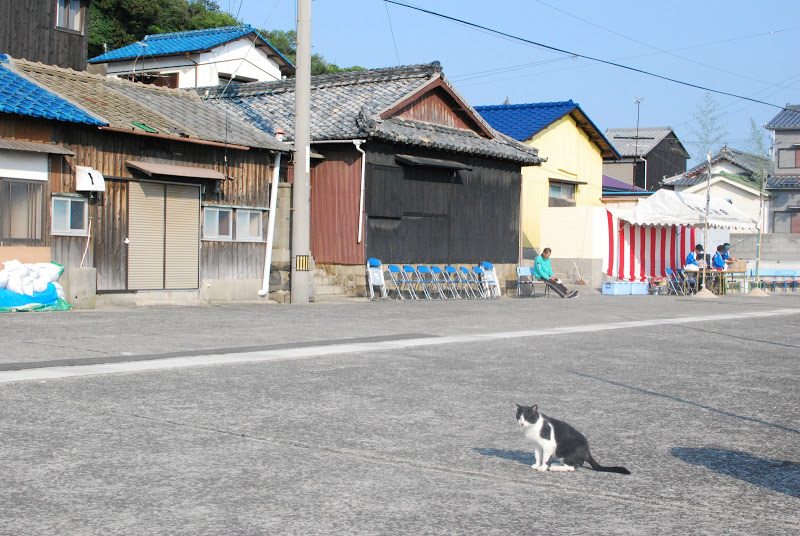
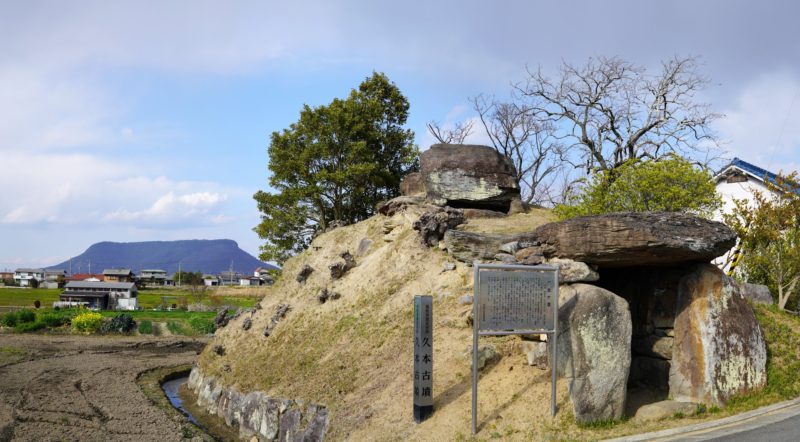
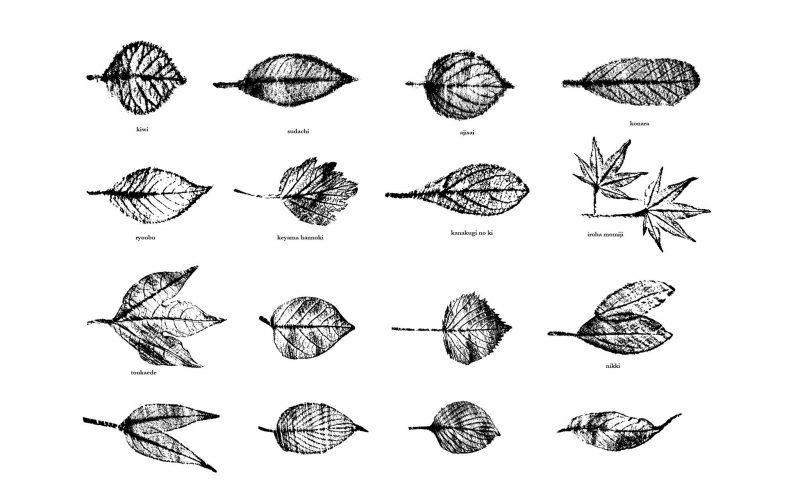
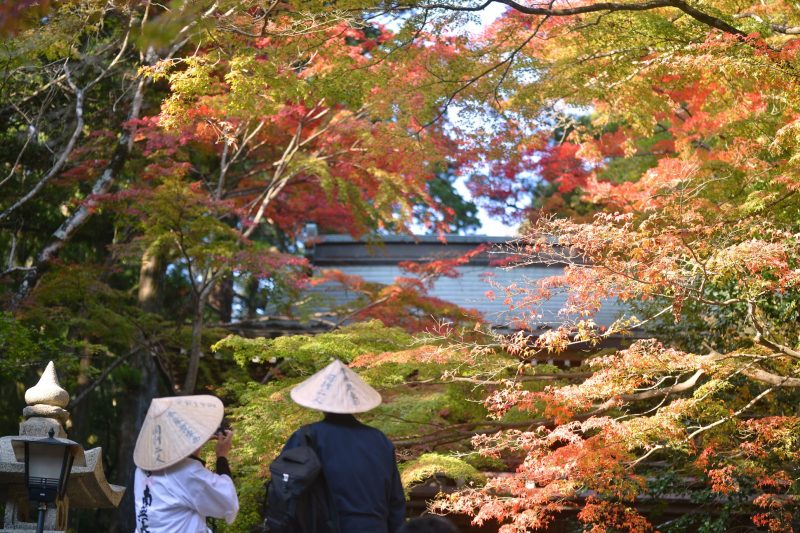
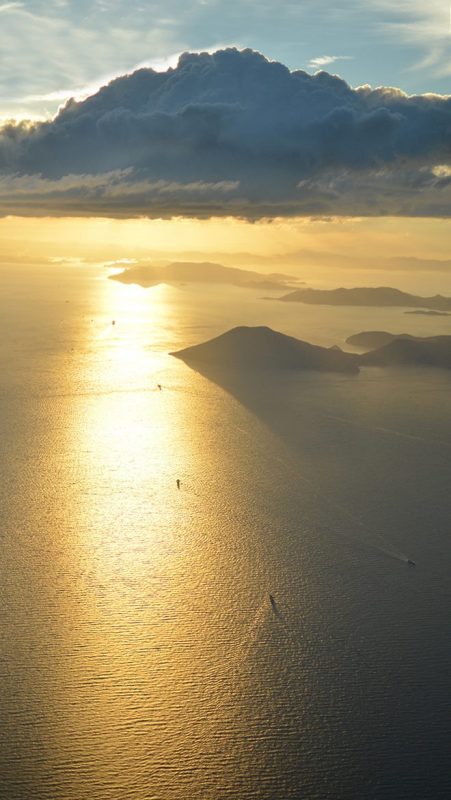
![【淡路島 日本遺産】沖ノ島古墳 – [Japan Heritage of Awajishima island] Okinoshima Ancient Tomb, Awajishima island](https://yousakana.jp/wp-content/uploads/2021/07/Okinoshima-Ancient-Tomb_Awajishima-island-800x533.jpg)
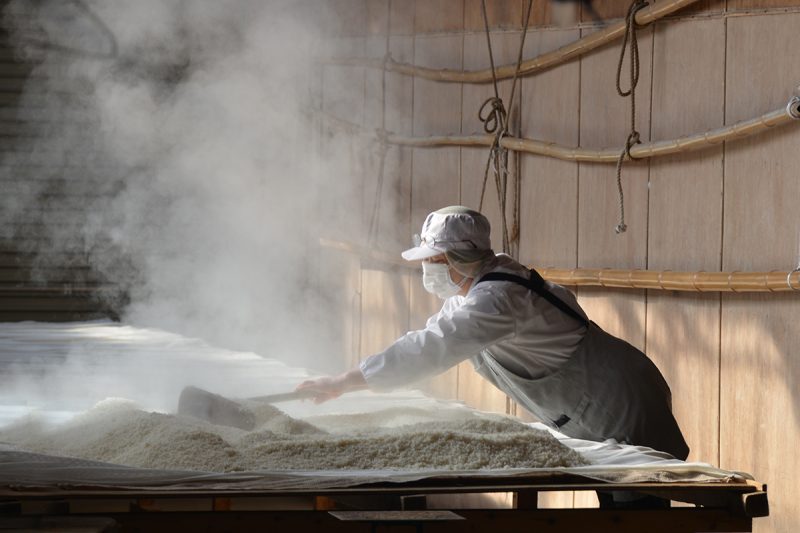
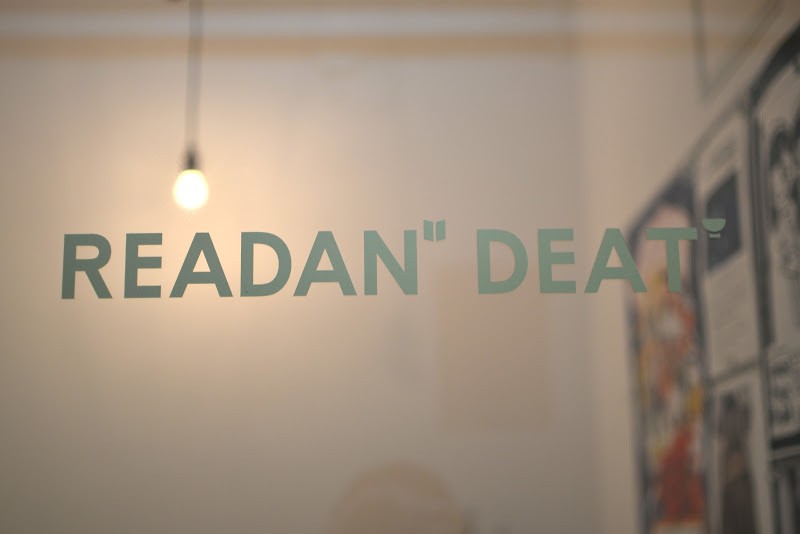
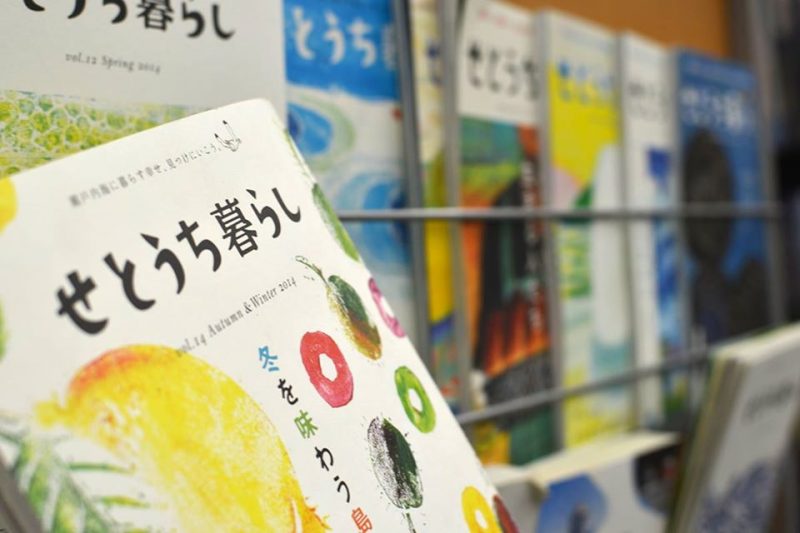
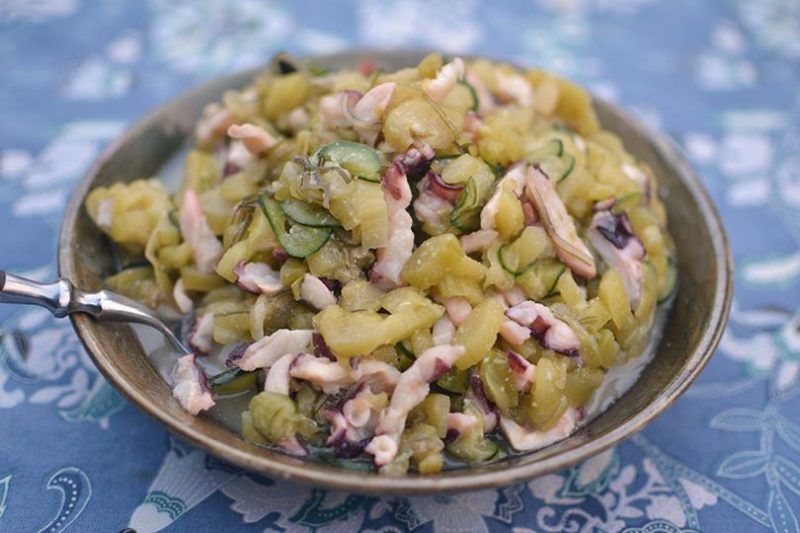
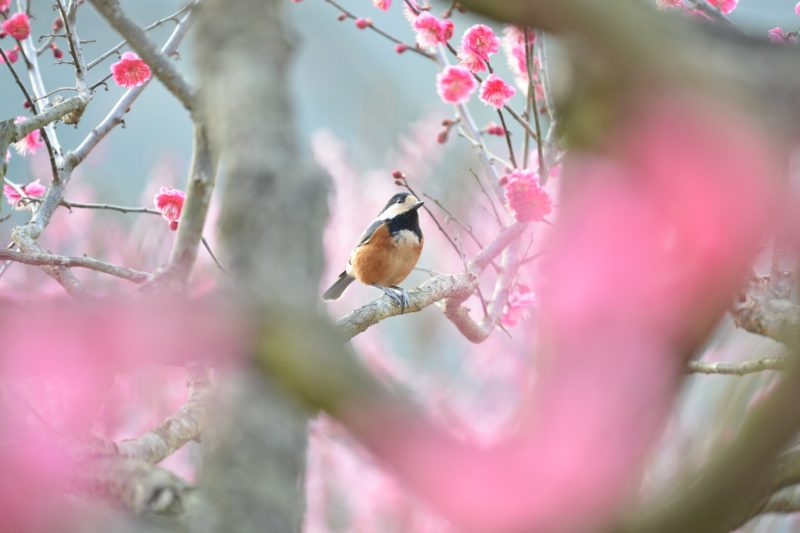
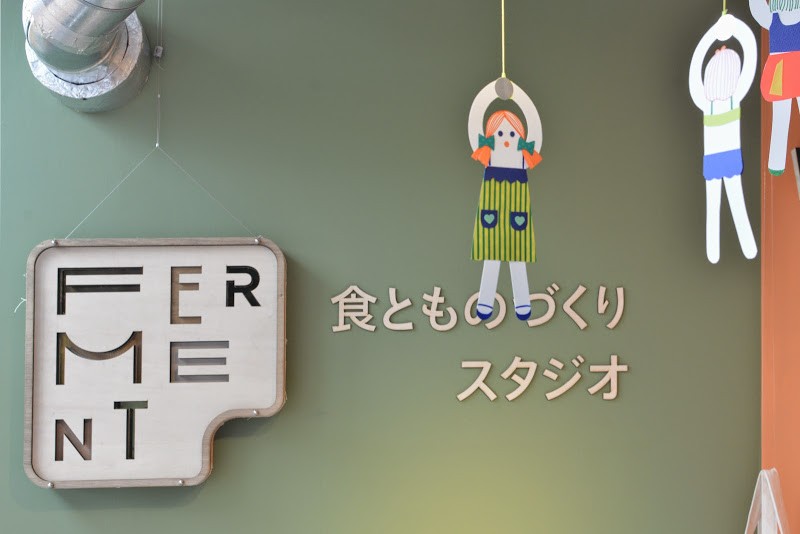
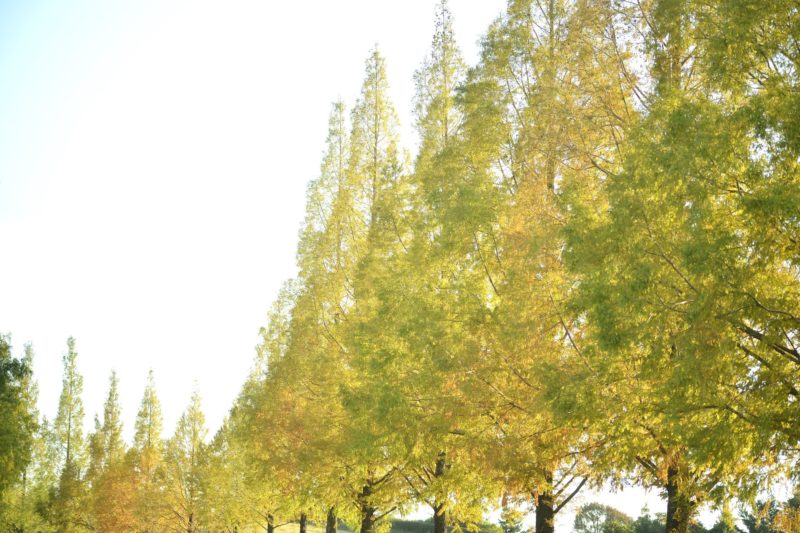
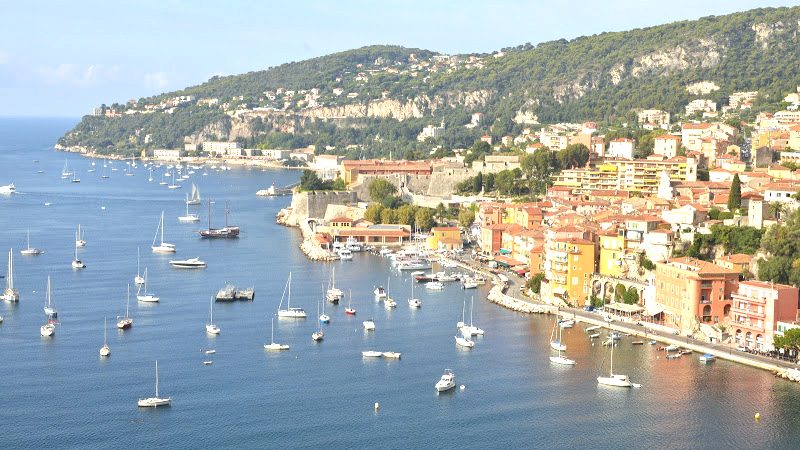
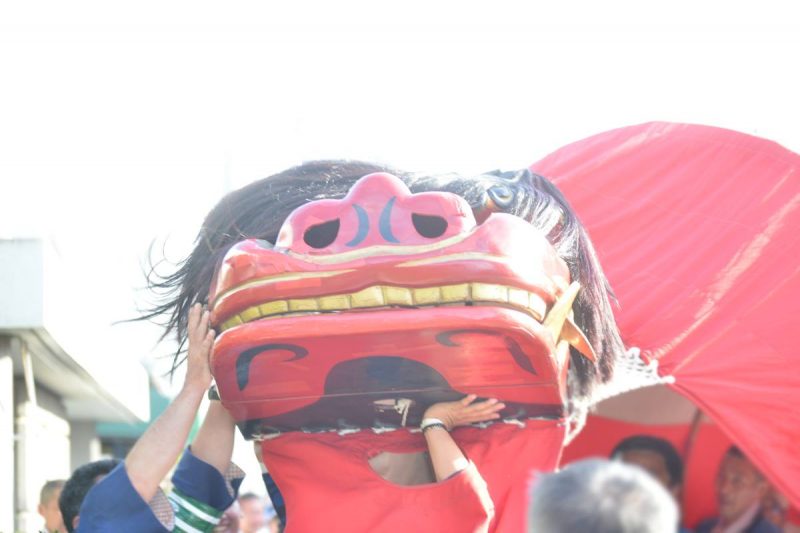
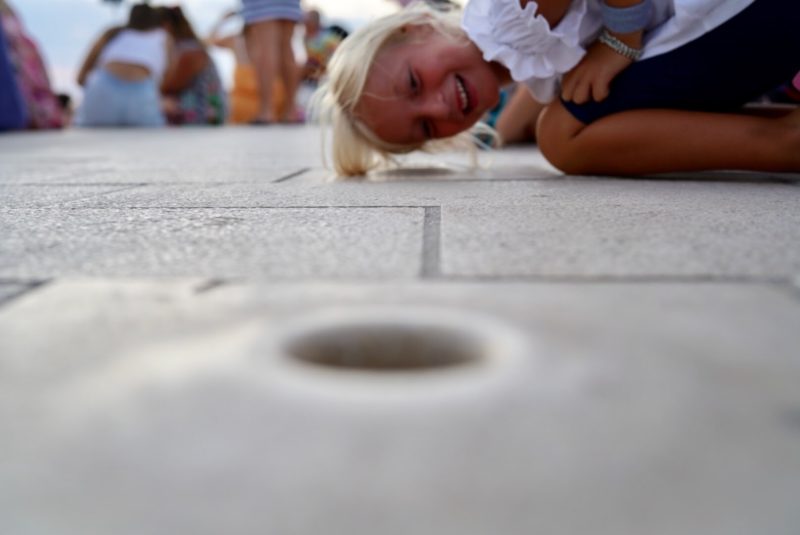
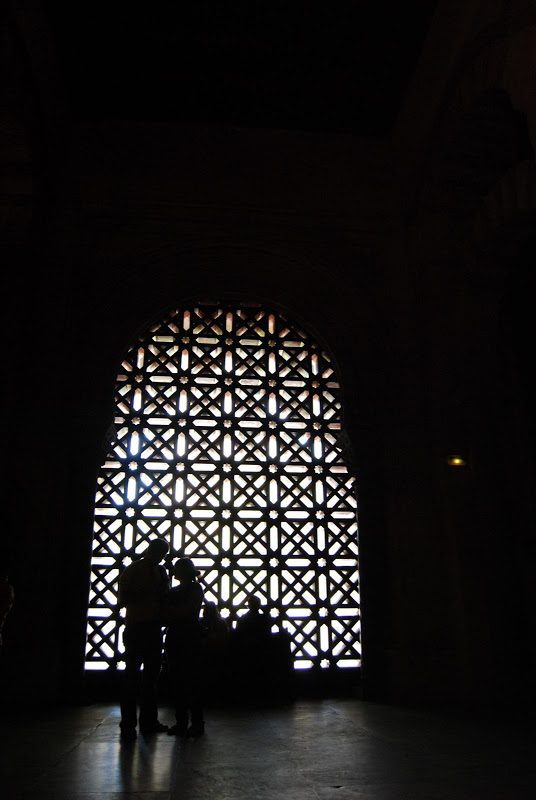
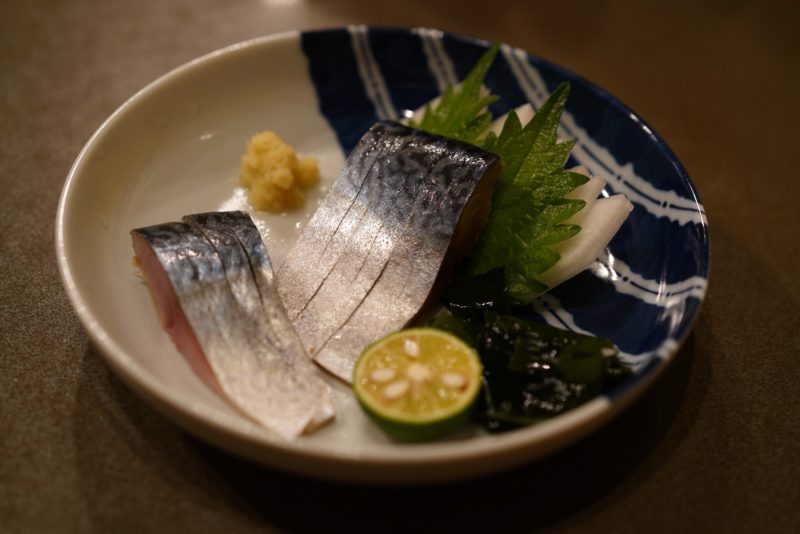
![【愛媛 国の登録有形文化財】浦辺鎮太郎さん設計『西条栄光教会』クリスマス – [Ehime / National Tangible Cultural Property] Saijo Eiko Church](https://yousakana.jp/wp-content/uploads/2021/11/Saijo-Eiko-Church-800x534.jpeg)
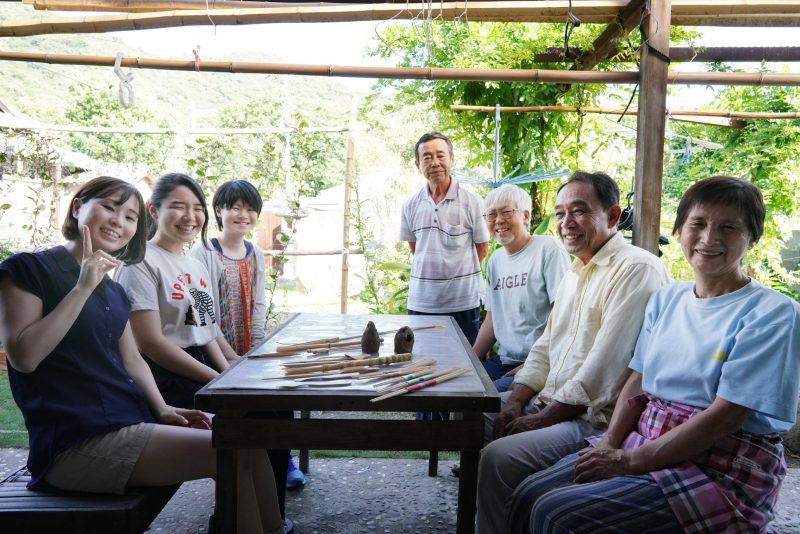
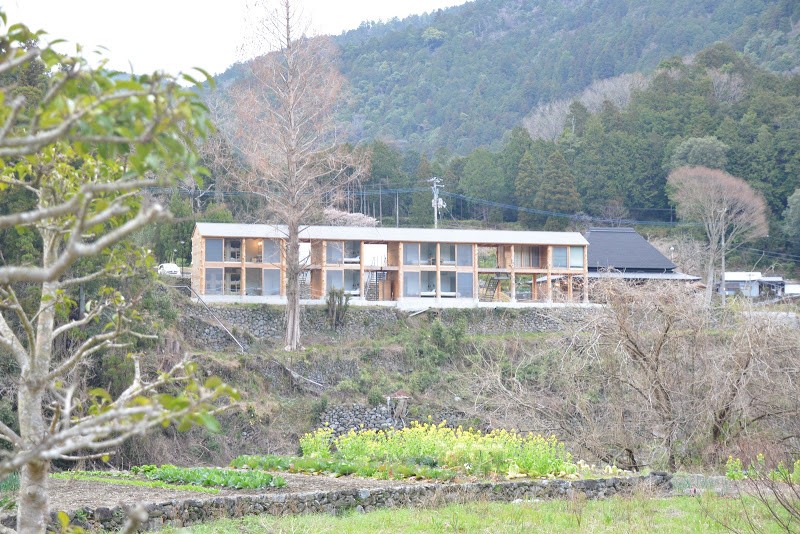
![【徳島】神山の食と農を次世代に繋ぐ『かま屋 』『かまパン&ストア』 – [Tokushima] Kamaya Food Hub Project](https://yousakana.jp/wp-content/uploads/2019/10/kamaya-kamiyama-800x533.jpg)
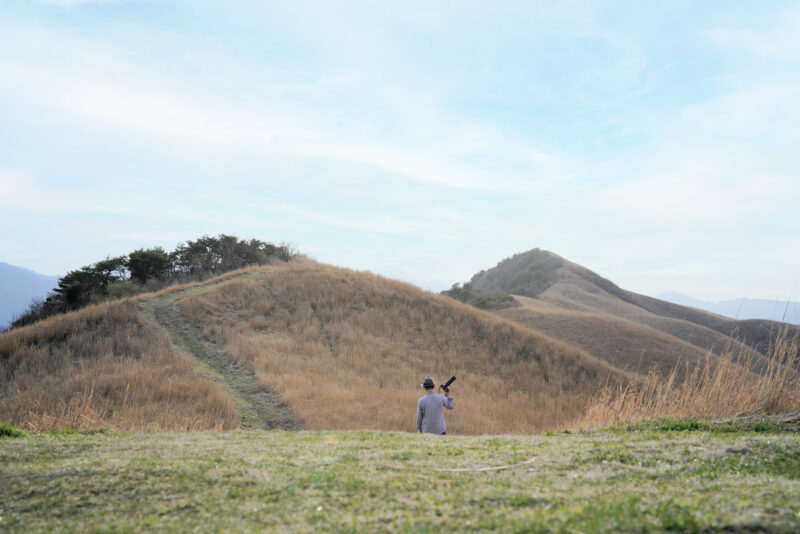
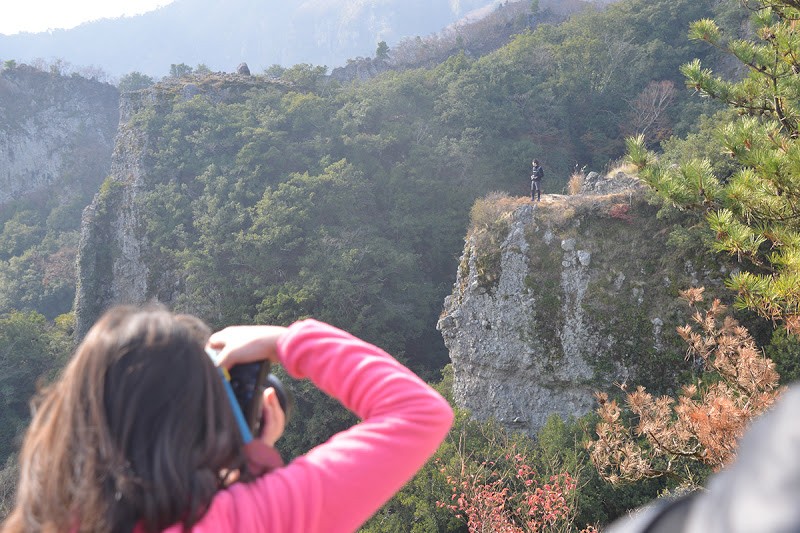
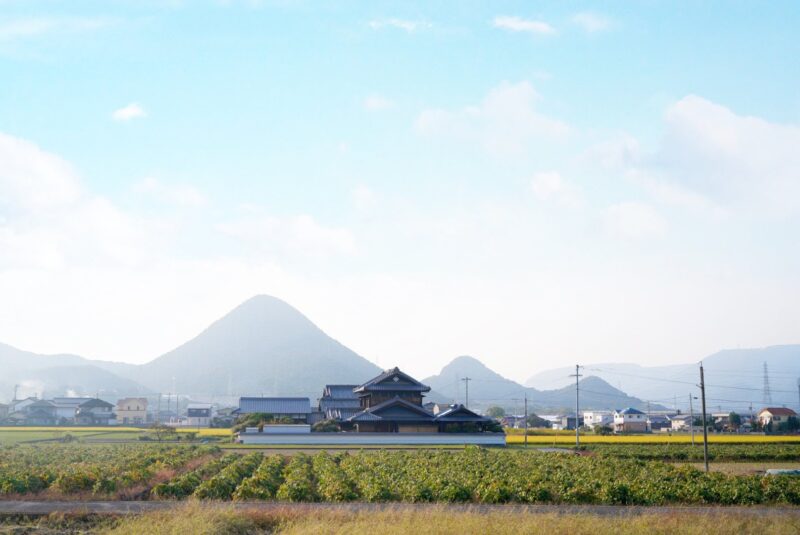
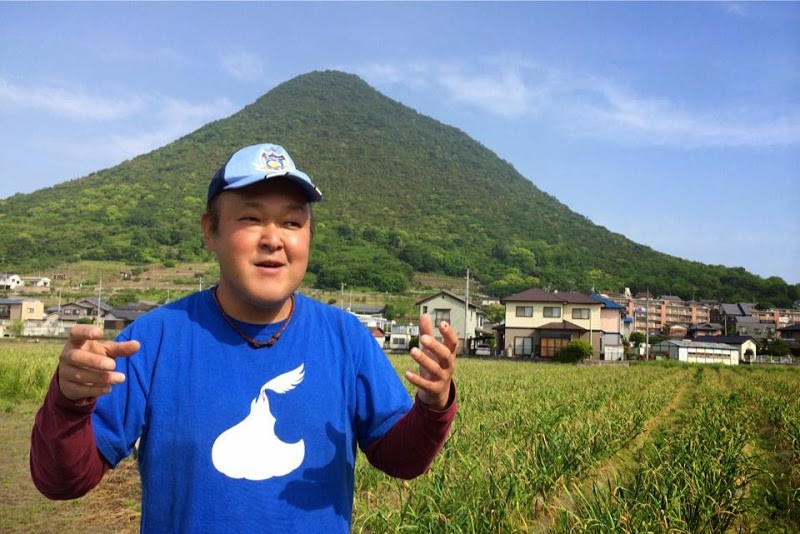
![【香川】七宝山 観音寺の鐘楼 - [Kagawa] Bell tower of Shippozan Kannonji temple](https://yousakana.jp/wp-content/uploads/2021/12/Bell-tower-of-Shippozan-Kannonji-temple_kagawa-973x649.jpeg)
コメントを残す